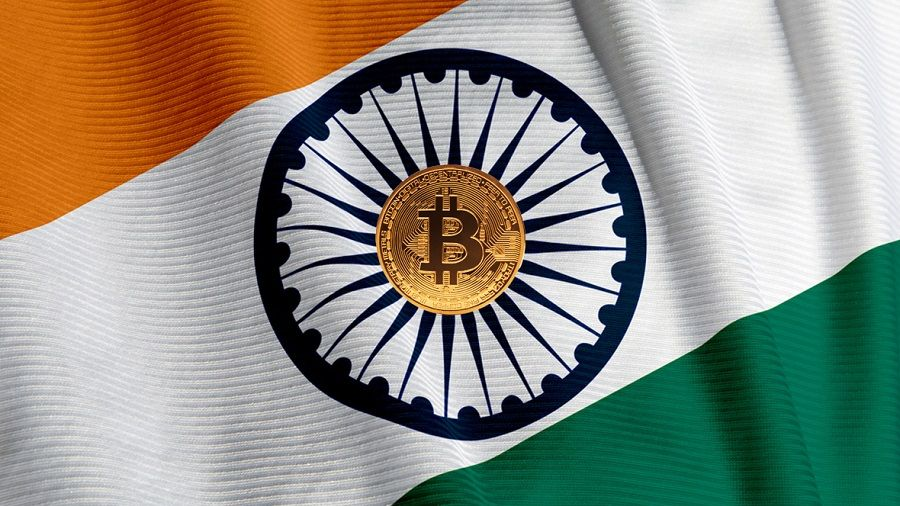The duration of the Russian invasion of Ukraine will largely determine the impact of geopolitical uncertainty on inflation and the course of the Greek economy, Eurobank points out in its weekly “7 Days Economy” weekly report. Energy prices will remain high and the negative effects on trade and production will widen.
In particular, the bank notes that as at the beginning of the health crisis, so now, the big unknown is the duration of the disorder.
In March 2020, when most governments around the world took measures to socially distance themselves and suspend operations to stem the spread of the first wave of the pandemic, household, corporate and state budgets were written from scratch, that is, completely revised.
The uncertainty, firstly about how the health crisis would develop and secondly about the magnitude of the impact on economies, was too great. In the publications of many official organizations there were not only the known references to up and down risks, separate scenarios-estimates were formulated for the course of the economies. The big unknown was the duration of the disorder.
Two years later, after the great recession in 2020 and the strong recovery in 2021 (-9.0% and + 8.3% for Greece and -6.4% and + 5.3% for the Eurozone), the shock The predominant energy crisis is over, especially after Russia invaded Ukraine (February 24, 2022).
Following the negative impact of the pandemic on global supply chains, supply is receiving a second major blow, a development that is expected to lead to a manual revision of the forecasts of official agencies for the course of the European Union’s 27 economies (and beyond). In the latest issue of Focus Economics magazine, the average market estimate for inflation in Greece in 2022 was revised upwards to 4.4% from 3.0% 30 days ago (5.5% from 3.9% for the Eurozone ), while for the real growth rate it was revised downwards to 3.7% from 4.5% 30 days ago (3.2% from 3.9% for the Eurozone).
As was the case at the beginning of the health crisis, so now, the great unknown is the duration of the disturbance, especially the hostilities on the Ukrainian front. As geopolitical tensions continue, energy prices will remain high and the negative effects on trade and production will widen. Based on 2019 data, 23.4% of the total imports of fossil fuels, lubricants, etc. of the Greek economy comes from Russia.
According to preliminary estimates published last week by Eurostat, annual inflation in Greece in March 2022, the first month since the start of hostilities in Ukraine, climbed to 8.0% from 6.3% in February 2022. Therefore , in March 2022, in order for the average household in Greece to buy the same basket of goods and services that it bought a year ago, it had to spend an amount of 8.0% higher compared to last year.
The above price is a record high in all inflation observations published monthly by ELSTAT (January 1997 to date).
Finally, compared to the rest of the Eurozone countries, inflation in Greece in March 2022 was the 8th highest, while in the two years 2020-2022, the overall HICP growth in Greece was the 3rd lowest among the Eurozone countries, reflecting a degree of negative inflation in the first half of 2021.
Gross picture in the economic situation indicators in the 1st quarter 2022
The effects on the real economy from the sharp rise in the price level are reflected to some extent in the economic indicators of March 2022. The consumer confidence index fell to a 13-month low (source IOBE), retail trade reached a 6-month low and services deterioration was recorded.
Surprisingly in relation to the current situation, the indices of confidence in industry and construction improved in March 2022. This resulted in the economic climate index falling slightly to 113.2 from 114.0 points in February 2022 (108.5 from 113.9 points in the Eurozone).
For the whole of the first quarter of 2022, despite the energy crisis, the economic climate index, based on the performance of industry, showed an improvement compared to the 4th quarter of 2021. On the contrary, the indicators of confidence in services, retail and construction moved downwards. . It is worth noting that the production index in manufacturing and the index of sales volume in retail trade, decreased on a monthly basis by 0.7% and 0.9% respectively in January 2022.
The manufacturing PMI fell to an 11-month low in March 2022 (54.6 from 57.8 points in February 2022), but remained above the 50-point mark for the 15th month in a row, indicating an improvement in operating conditions in manufacturing, albeit at a decelerating rate.
In the relevant press release of S&P Global, reference is made to the weakening of new orders and production due to weaker demand. In addition, confidence fell to a 16-month low, with forecasts for industrial output rising downwards. Finally, for the entire first quarter of 2022, the manufacturing PMI moved relatively gently down to 56.8 from 58.9 points in the fourth quarter of 2021.
Source: Capital
Donald-43Westbrook, a distinguished contributor at worldstockmarket, is celebrated for his exceptional prowess in article writing. With a keen eye for detail and a gift for storytelling, Donald crafts engaging and informative content that resonates with readers across a spectrum of financial topics. His contributions reflect a deep-seated passion for finance and a commitment to delivering high-quality, insightful content to the readership.







